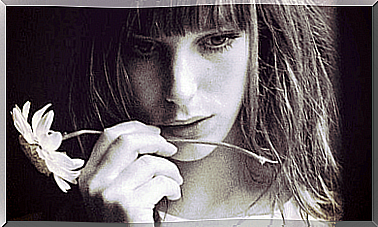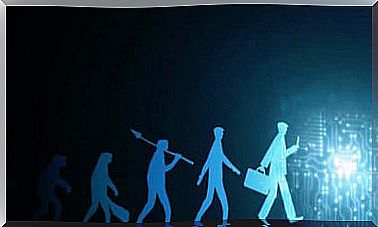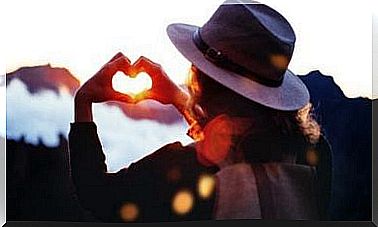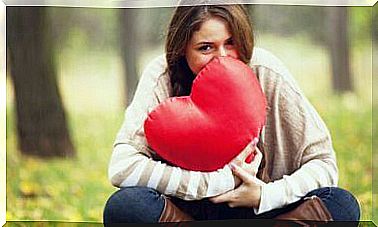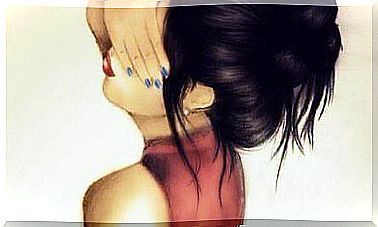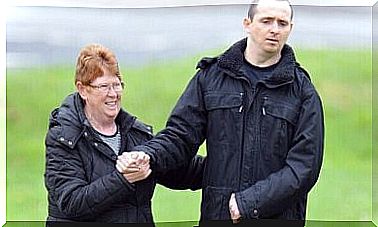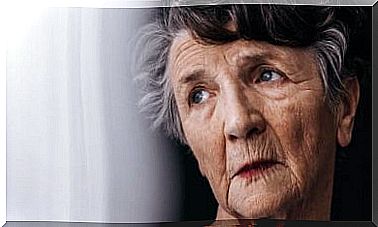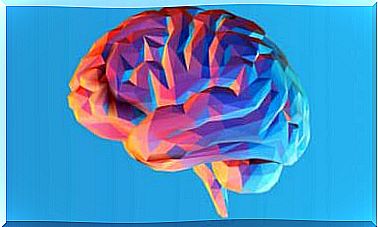What Is Your Creativity? Choose One Of These 5 Examples!
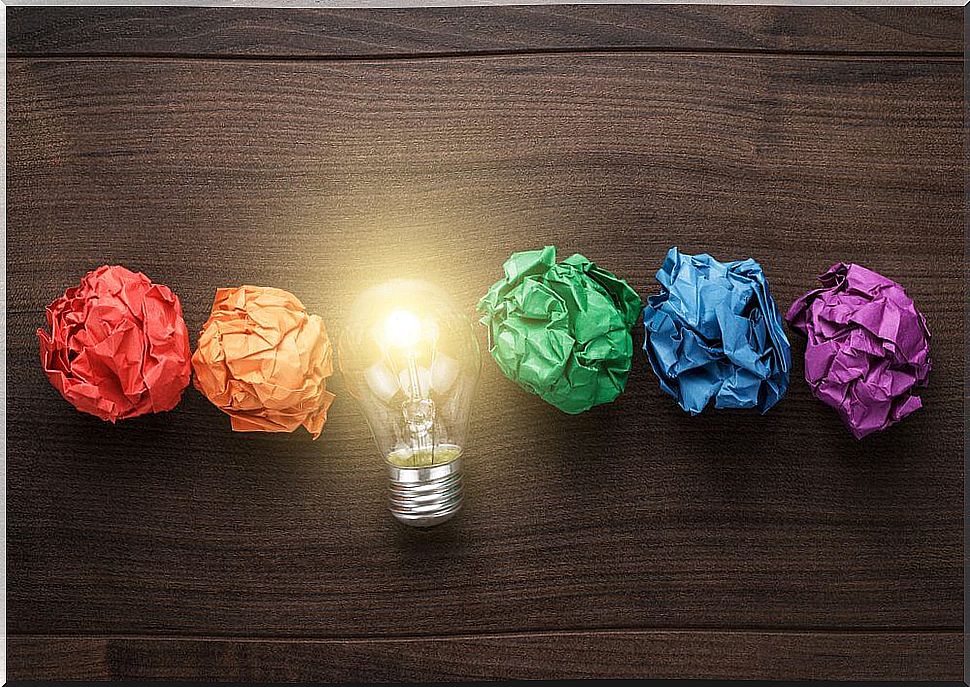
Creativity is defined as the cognitive and affective capacity to organize a psychological process which leads us to show a new, original, flexible, fluid and organized behavior, oriented towards the research, detection and solution of a problem.
Creativity is in great demand in the professional sphere because the people who have developed it are able to offer unique and ingenious products.
Companies are looking for original and innovative people who help them move forward. Thus, these people constitute the most important intangible wealth.
But creativity is also a source of puzzles: Why are some people more creative than others? In reality, there are no people without creativity, only people who have not yet found their type of creativity.
What are the characteristics of creative thinking?
A creative mind is characterized by a series of elements:
The fluidity
It is the ability to generate a considerable amount of ideas or responses to established thoughts.
Normally we only have an idea or two in relation to a thought and they flow from what we have seen or heard around us. A creative mind is capable of generating many ideas or responses to a single thought.
Flexibility
It is the ability to expand your alternatives and generate more choices. When we need to answer a question, a creative mind has many options.
Sometimes there is too much, which hinders the capacity for choice but favors the quantity of possibilities.
Originality
It is based on thinking new ideas, visualizing problems in a different way and proposing new solutions.
The ideas that arise are innovative and offer a new perspective on an already given solution.
Elaboration
It is about adding elements, details or ideas that already exist, changing some of their attributes.
Without being original, the development consists in bringing new small touches which offer a renewal to an already existing idea.
Types of creativity
We don’t have to have a “standard” type of creativity. We may own several, like the ones we are going to tell you about now.
On the other hand, if we want to develop our creative potential, we can do so by focusing only on one of these types of creativity or by working all of them at once.
Logically, the second way will be the most complete and it will bring us a greater knowledge of ourselves.
1. Mimetic creativity
This type of creativity focuses on copying, imitating, or reproducing something in exactly the same way.
It is a basic and undeveloped type of creativity, since even animals are able to develop it.
2. Analog creativity
Analogies allow us to solve the most complex problems. They serve to transfer information that we understand and control, with the aim of solving new challenges. Ultimately, they give rise to new ideas.
3. Bi-sociative creativity
This type of creativity arises when our rational thinking connects with intuitive thinking. This is what we could call the “Eureka” or “insight” moment.
Bi-sociative creativity allows us to connect an idea that is familiar to us with another that is not, with the aim of generating a different concept.
4. Narrative creativity
It lies in the ability to create stories. Stories tend to follow a coherent order, they are interrelated and unite characters, actions, descriptions, plots, storytelling and grammar.
It’s very interesting to reconstruct these stories and create something new.
5. Intuitive creativity
Here, intuition has to do with the ability to receive ideas and create them in our own minds, without the need for external images.
Thus, the fact of clearing our mind or putting aside for a moment the reasoning systems that we have automated, will prepare the ground for the emergence of intuitive creativity.
From a practical standpoint, we can do meditation, yoga, or any other type of activity that allows us to create a state of consciousness in which we are able to clear our mind and relax.
In this way, we will create a fluid state of consciousness that allows ideas to arise easily.
Creativity goes through a process that counts with other smaller creativity processes, like revising and exploring, the problems that arise and the solutions we find to solve them, the creative solution (Eureka) , and finally, putting your idea into practice and seeing if it works.
In addition to this process, we need resources that help us on our “creative path”, such as intelligence, knowledge, motivation and personality. Without these four elements, it will be very difficult to be creative.

